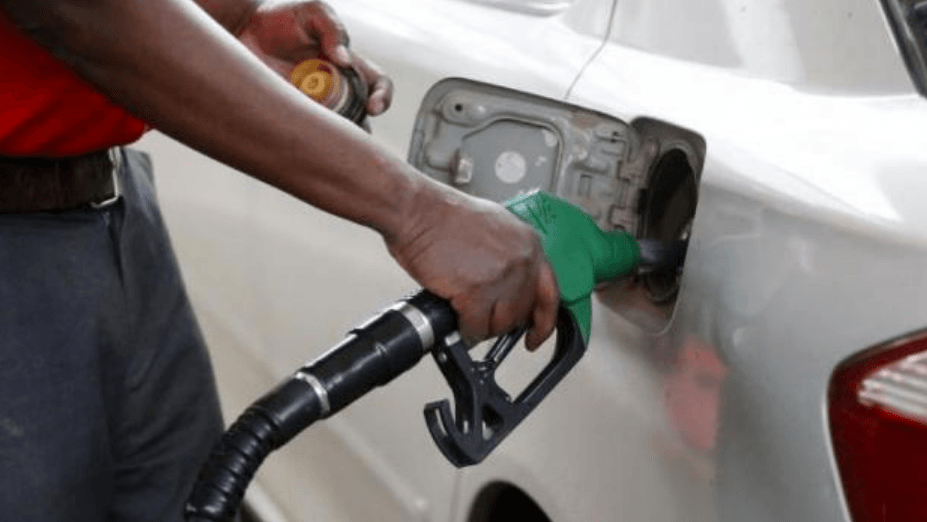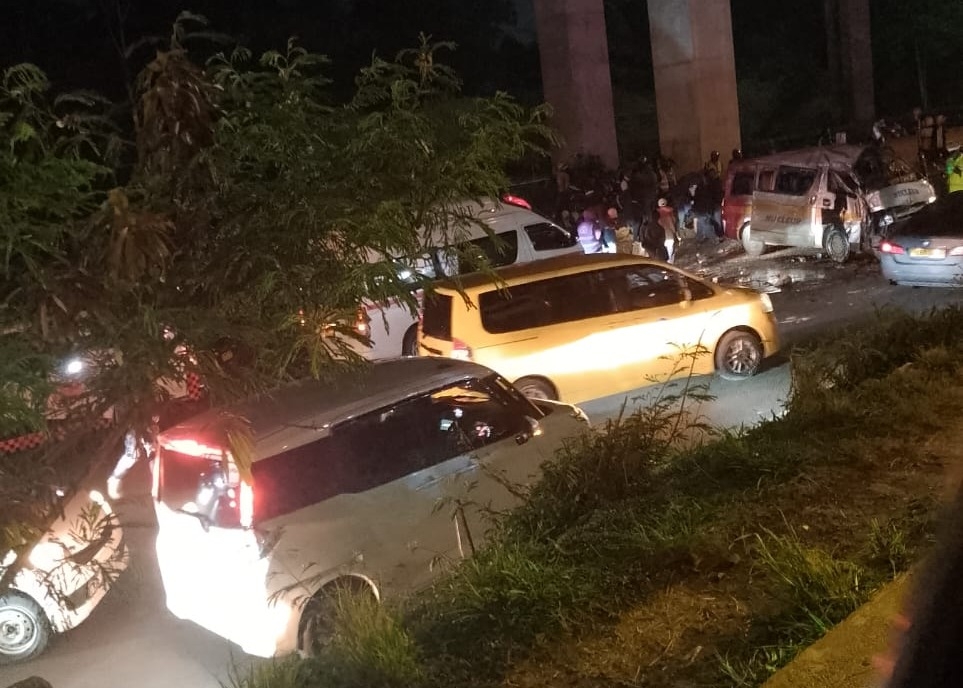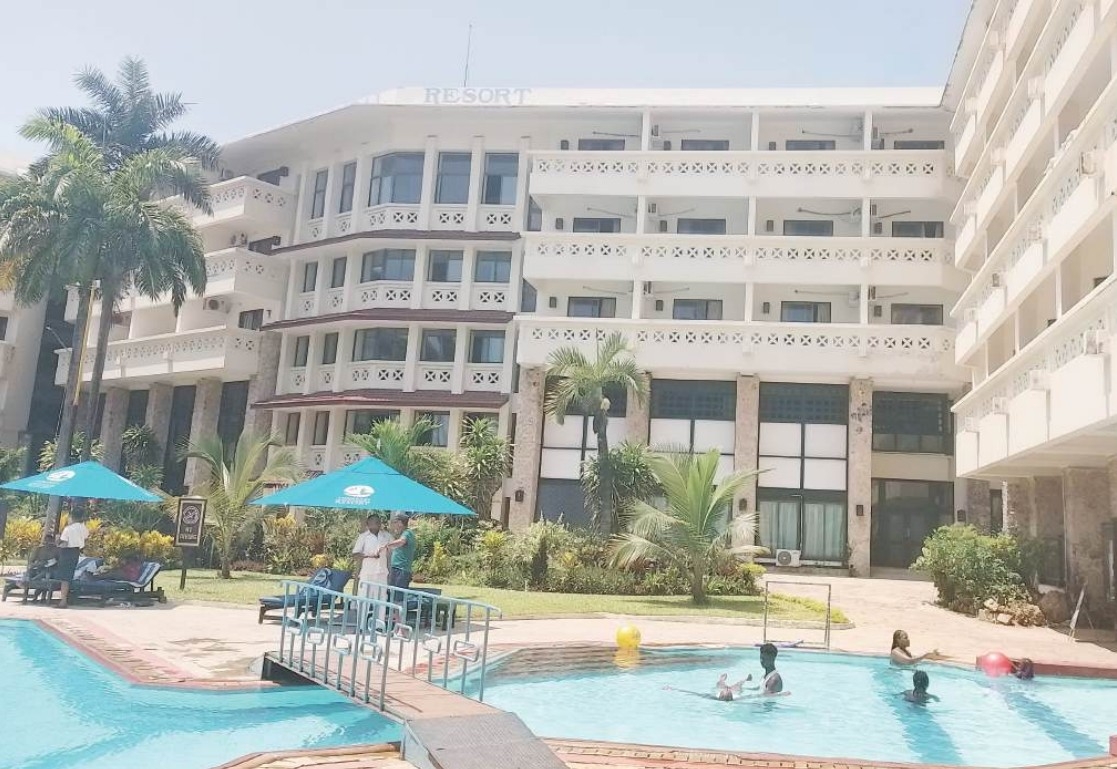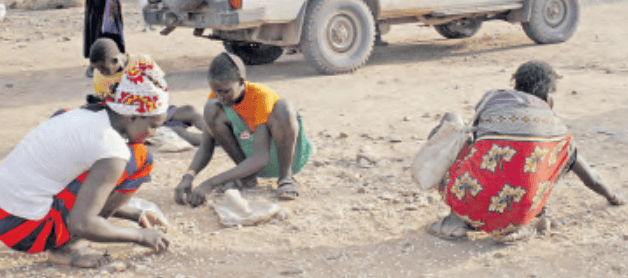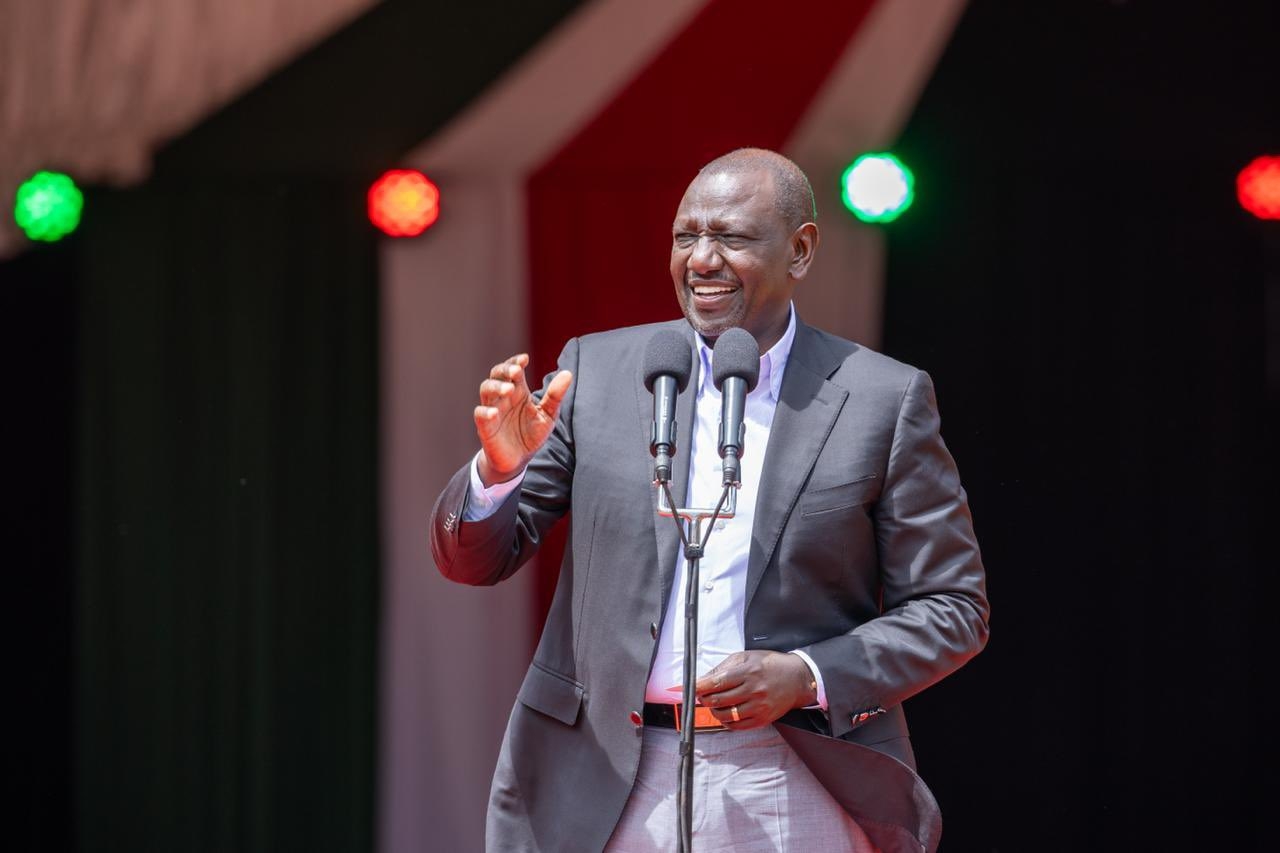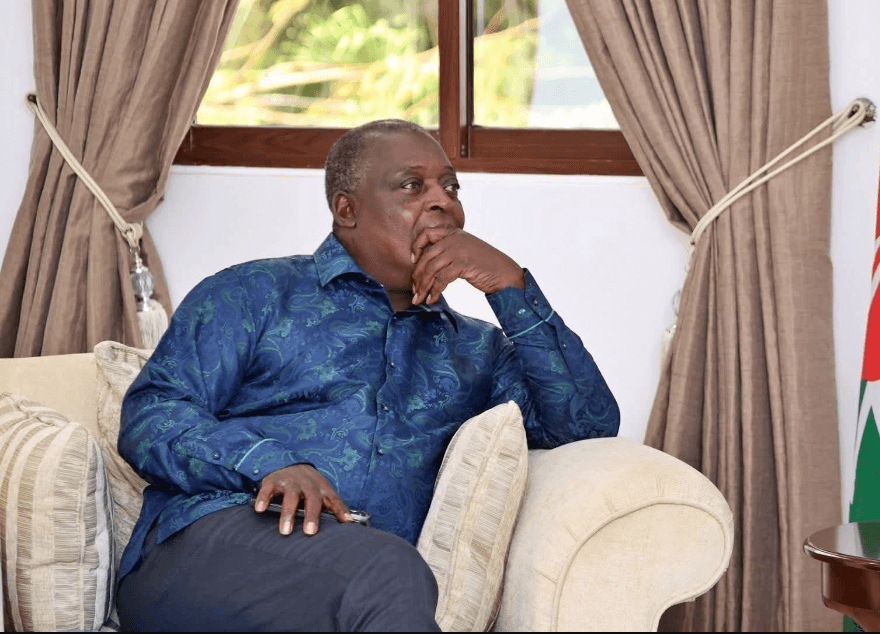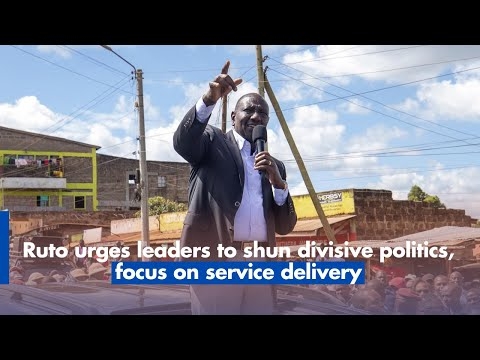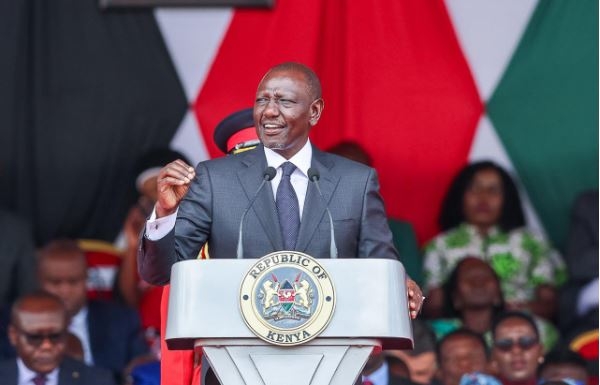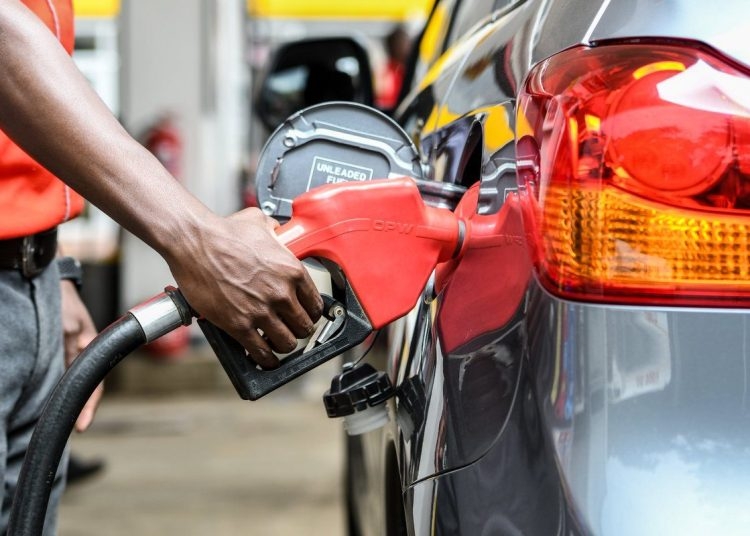
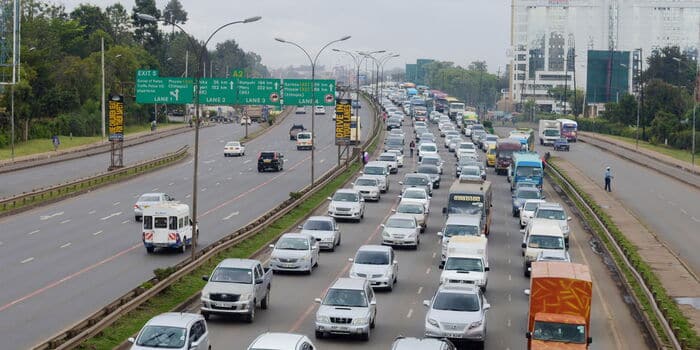
The pulse of Kenya’s economy is largely
linked to the accessibility and reliability of the nation’s road network.
The central role roads play in the lives
of Kenyans is so conspicuous that any local keen to rate the country’s
development would likely connect it with the status of the road next to their
home.
Indeed, this significance is captured by the Kenya Roads Board through its recent findings that showed roads as the most preferred mode of transport accounting for more than 90 per cent of all cargo and passenger movement. This points to the importance of such infrastructure in supporting the country’s socioeconomic development.
It is this irrefutable nexus between wananchi’s wellbeing and roads that informed its extensive inclusion in the Kenya Kwanza administration manifesto; a forward-looking decision that is now driving the nation’s roads initiative pegged on the Bottom-Up Economic Transformation Agenda.
In this document that drove President
William Ruto and his brigade to power in 2022 is an unequivocal determination
to open up every part of the country to transformation through construction of
quality roads that will catalyse the growth of local economies and uplift the
country’s economic outlook.
Beta’s main goal is to revitalise the
micro and small hustles where the majority of Kenyans draw their livelihoods.
Without a wide and dependable road network,
it is impossible to achieve this objective because it is interlinked to almost
every sector they rely on for daily incomes.
For instance, a bad road means higher cost
of transportation which translates to higher food prices. This is in addition
to higher rates of inaccessibility to critical amenities like hospitals,
schools and markets generally occasioning poor living standards for the
populace.
Agriculture could be doing well but if a
farmer cannot transport their produce to the market on time because of lack of
roads, then they are doomed due to post-harvest losses. If a child has to dip
their feet in a pile of mud to get to school, the probable interpretation is
the government has failed to make it easy to learn.
To change this, the Kenya Kwanza’s ambition is to prioritise upgrading and maintenance of rural access roads as well as the improvement of roads infrastructure in urban informal settlements and critical national and regional trunk roads that have the highest immediate economic impact.
A third of the nation’s 63,575km classified roads are in need of maintenance and repair, demanding mandatory allocation of billions of shillings.
This is on top of commencement of new roads promised during campaigns.
A strong ambition like this, therefore, has meant an accompanying strong financial commitment.
In the manifesto, the Kenya Kwanza administration promised to allocate the sector at least Sh200 billion every financial year for maintenance, rehabilitation of existing roads and construction of new ones.
For the last three years, the commitment has been within the promise.
It has risen steadily from Sh180 billion in 2023-24 – the first full financial year under the administration – to Sh193 billion in 2024-25 and now Sh217 billion this budget year.
A financial demand like this calls for creativity to achieve it.
The securitisation of the road levy is therefore a welcome intervention.
It is not new as this was already broached in the manifesto as one of the ways to finance roads.
Securitisation of the roads maintenance levy has ring-fenced more than Sh175 billion which has been spent on settlement of pending bills for hundreds of contractors who abandoned projects due to lack of funds.
Most of them are now back on site and the machines have roared back to complete the mission.
Critical projects like Taveta-Illasit, Ngong-Suswa, Mbita–Sindo–Sori, Silibwet–Merigi–Kapkimolwa, Segel-Marsabit, Kakamega–Navagolo–Musikoma, Maseno–Kombewa–Kalandini, Garsen–Witu–Lamu, Miwani-Chemeli and Mau Mau Roads in central Kenya, among many others, have been revived.
Major assignments like the Rironi-Mau Summit and Isiolo-Mandera to be done in collaboration with partners have received a nod and are targeted for completion on time.
Vital bridges like Nithi in Tharaka Nithi county that are being redesigned to avert deaths and Enziu in Kitui are being fast-tracked because they are important to fulfilment of the administration roads’ promise.
The perception around the government’s performance will largely be determined by the fulfilment of the roads’ agenda. Its importance, therefore, cannot be gainsaid.
The writer is a communication specialist, [email protected]




